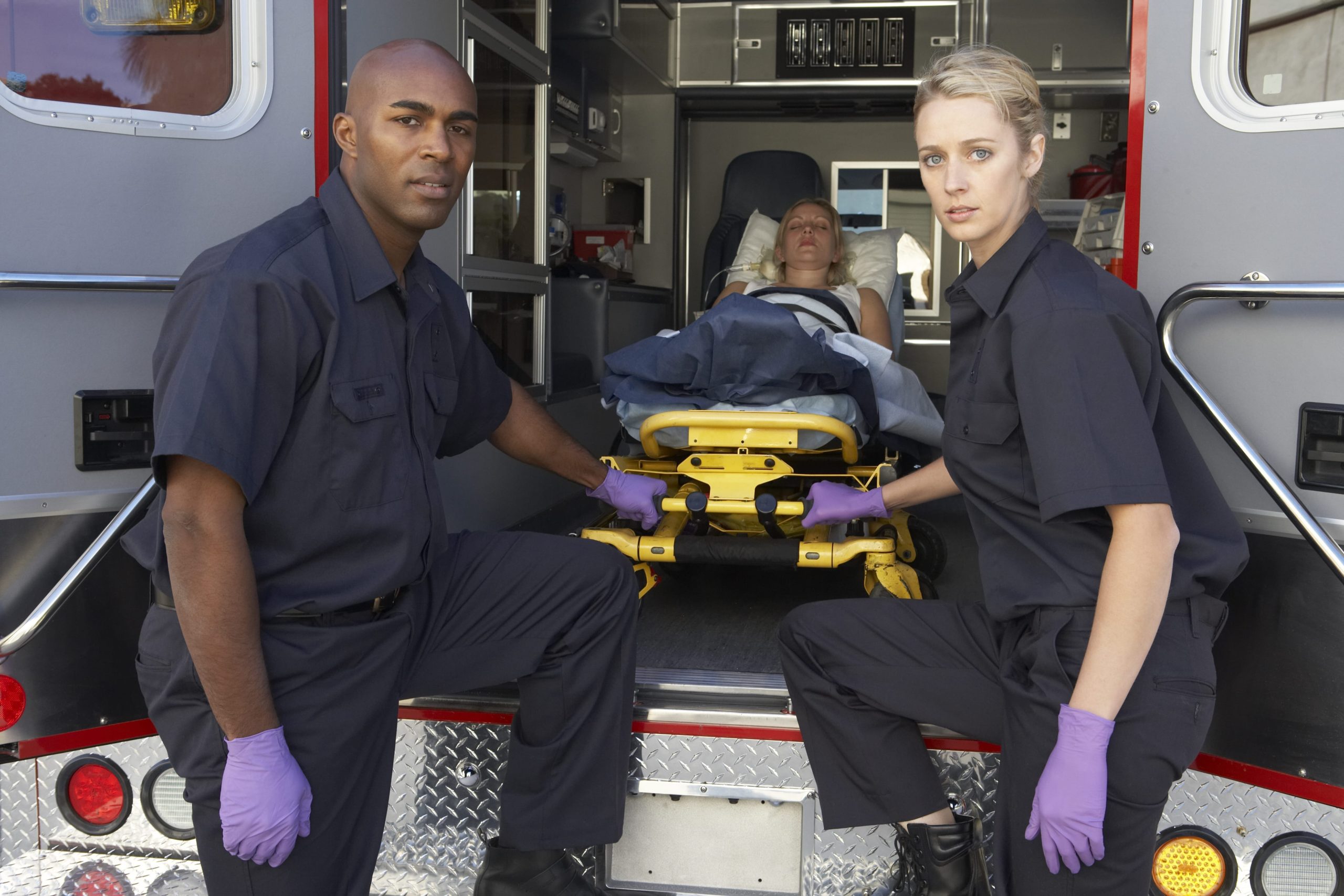
Emergency medical technicians and service workers are the individuals who rush into dangerous situations to help others who are injured.
There is no doubt that this is honorable work. However, there is also no doubting that work requiring individuals to run into the face of danger would carry a significant risk of injury. And, as it turns out, the people dedicated to healing the injured often suffer severe injuries themselves while they are on the job.
Dangerous situations lead to a wide range of injuries
When someone calls 911 after an accident, EMTs must act fast. But they do not always know what kind of situation to expect when they arrive at the scene of the accident. This uncertainty, in addition to the physical demands of the job, creates a high risk of a variety of injuries.
The National Institute for Occupational Safety and Health (NIOSH) reports that the most common injuries EMTs suffer include:
- Muscle strains or tears from heavy lifting, such as in patient transfers
- Motor vehicle accidents from ambulances traveling at high speeds
- Accidental needle sticks and diseases from contact with bodily fluids
- Broken bones or head injuries from slips and falls
- Injuries from violence while answering calls
EMTs are specially trained to handle uncertain situations in the fast-paced environment of their work. However, that does not detract from the risk these workers face while on the job.
A study found that EMTs face a higher risk of injury than most other jobs
In a recent study, NIOSH found that EMTs suffer more workplace injuries than nearly any other job. The study found that roughly 8 or 9 out of 100 EMTs were hospitalized for work injuries. In most other fields, that ratio is 2 workers out of 100 who seek medical attention for work injuries each year.
EMTs work high-risk jobs. So, a higher risk of injuries might not be surprising. However, this high risk only increases the need for enhanced workplace safety measures.
Reducing the risk of these jobs is not always possible. But Georgia emergency responders and their employers can work together to improve safety training to give these at-risk employees the skills they need to stay safer on the job.



